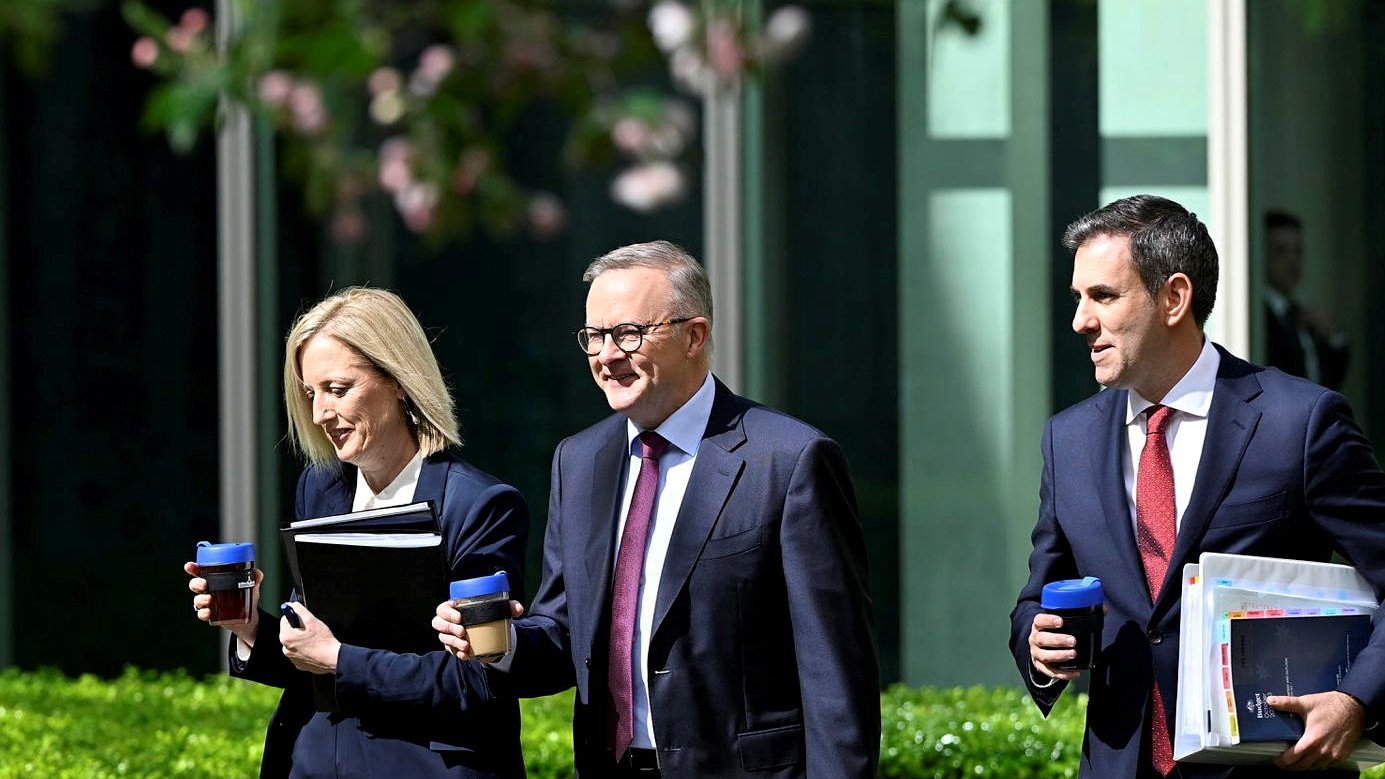The budget will aim to strengthen Australia’s economy amid what the treasurer has called “extreme global volatility” after pandemics, natural disasters, interest rates and inflation.
Here are some of the sectors and people who will benefit from the first Labor budget in nine years.
EDUCATION
Education is by far one of the biggest winners under Labor’s Budget. 480,000 fee-free places will be offered to people attending TAFE while there will be over 20,000 university places made free for disadvantaged Australians.
Schools will see an investment of $474.5 million which will be put towards mental health and well-being as well as refurbishments to improve air quality and ventilation within education facilities.
Part of the education boost will see more money go towards a permanent migration program which will help bring skilled migrants to Australia to fill labour shortages.
FAMILIES
Childcare subsidy rates will increase in July 2023 up to 90 per cent for families earning under $530,000 with predictions this could save families thousands of dollars a year.
The Labor government has also invested in paid parental leave with families able to access up to 26 weeks of paid leave, costing the government over $500 million in the next four years.

A national housing accord will be introduced, where it’s planned a million new homes will be made available around the country starting in mid-2024.
Veterans, regional first home buyers and others will have grants made available to them including older Australians who want to downsize their housing situation to help open up larger houses for young families.
HEALTH
Medicines are expected to become cheaper from January 2023 with a 29 per cent reduction in the cost. This is expected to help save Australians around $190 million in out-of-pocket costs plus the Albanese government plans to add new medications to the PBS.
WOMEN
Albanese said that his governments will take serious efforts to reduce the gender pay gap and will help to advance women in the work force. Women’s safety programs will see about $1.7 billion in funding.
More money will be invested in social and affordable housing while victims of family and domestic violence will be entitled to 10 days of leave.
RENEWABLE ENERGY
There was a big focus on renewable energy in this budget, with $20 billion to be put towards fixing outdated electricity grids. Other initiatives will see over 10,000 km worth of new transmission lines introduced while $500 million will go towards reducing transport emissions.
It’s anticipated that over $300 million will go to community batteries and solar banks while $100 million will be put towards educating people in new energy skills.






